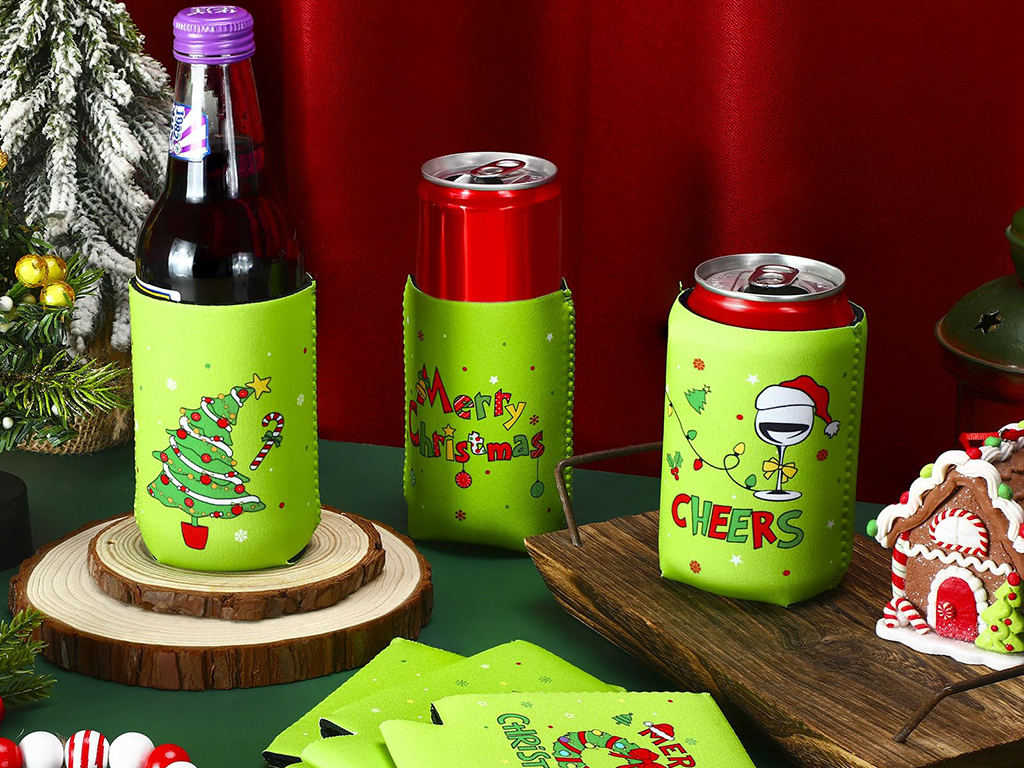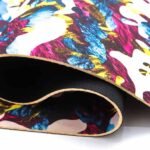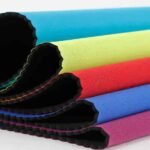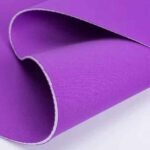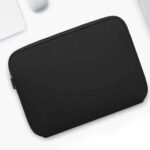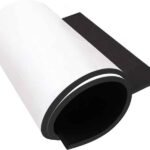I often notice confusion among my customers. They want to find those simple neoprene sleeves that keep drinks cold, but they do not know the right word. They search online, struggle with mixed results, and feel unsure. I know their pain. They need a clear answer so they can buy the right product. I want to provide that solution. If I show them the common American term for a stubby holder, they save time and energy. When they finally discover what Americans call it, they feel confident, informed, and ready to move forward.
In America, people often call stubby holders “koozies.” This popular term helps them find the right product faster. By using “koozie,” they connect with U.S. markets, explore various materials, and discover endless customization options. Knowing this term can improve their search and lead to better sourcing decisions.**
I remember my first overseas order. I struggled with terms until I learned “koozie.” It was like a key that opened new markets. Now, I plan to show how “stubby holders” and “koozies” differ. I will explain origins, usage, materials, and cultural meaning. This helps my readers understand and choose wisely.
What is a stubby holder?
I see that many clients ask me what exactly a stubby holder is before making a purchase.
A stubby holder is a simple neoprene sleeve designed to insulate a drink, keep it cold, and prevent wet hands from condensation.
Understanding the essence of a stubby holder
I look more closely at its purpose. A stubby holder wraps around a can or bottle. It keeps drinks cool and protects fingers. Australians often use the term “stubby” for a short beer bottle, which led to the name. The stubby holder fits neatly around this shape, ensuring a comfortable grip. Some clients ask me about thickness or print quality. I show them samples and data. For example, neoprene thickness can range around 3-5 mm, providing good insulation. By understanding its core function, buyers choose designs that match their brand’s needs.
What Are the American Terms for Stubby Holders?
I notice American buyers often use a different name when they look for drink sleeves to keep beverages cool.
Americans commonly say “koozie.” Some also use “can cooler” or “beer cozy.” But “koozie” remains the most recognized term in the U.S. market.
Exploring American naming preferences
I ask why “koozie” stands out. I think it is catchy and easy to remember. It sounds friendly and fun. In some places, “beer cozy” pops up, reflecting a warm, homey feeling. “Can cooler” is direct but less playful. As a supplier, I adapt. I use “koozie” in product listings because U.S. buyers search that keyword. By doing so, I help them find my products faster. This small linguistic shift can mean the difference between appearing on page one or being overlooked.
How Did the Term "Koozie" Originate?
I wonder how “koozie” became the popular American word for these simple, insulating sleeves.
The term “koozie” began as a brand name that caught on. Over time, it became a general term used by everyone.
Tracing the roots of “koozie”
I consider how certain brand names become generic. Just as people say “Kleenex” for tissues, “koozie” spread through repeated use. Early companies marketed a branded “Koozie” sleeve, and consumers adopted this term for all similar products. Eventually, the original trademark blurred as more sellers used it. By the time I entered the market, “koozie” was a household word. This shift helps me because I can speak the language buyers understand. Recognizing this history shows that I pay attention to cultural nuances, building trust with clients.
Is "Koozie" a Trademarked Term?
I sometimes wonder if “koozie” still holds legal weight as a trademark in today’s crowded market.
“Koozie” started as a trademark, but wide use diluted its exclusive rights. Many now treat it as a common term without strict trademark protection.
Understanding trademark dilution
I think about how a strong trademark can weaken over time. In the past, one company claimed rights to “Koozie.” As others entered the market, consumers called every similar product a koozie. Over time, lawyers and marketers recognized this dilution. While some companies still assert ownership, most sellers say “koozie” freely. As a supplier, I stay aware. I list my products honestly. I offer “koozies” that meet quality needs. Clients trust me because I understand the term’s background and can help them navigate any remaining legal gray areas.
Which materials are favored for American koozies?
I often explain to customers that Americans favor certain materials for koozies to ensure quality and comfort.
Neoprene leads the way, prized for insulation and durability. Some buyers also choose foam or polyester blends, but neoprene remains the top pick.
Material preferences in the U.S. market
I show clients why neoprene stands out. It resists wear, keeps drinks cold, and feels good to hold. Foam is cheaper, but it may not last as long. Polyester blends offer neat prints, but might insulate less effectively. I share simple data: about 70% of my U.S. orders feature neoprene. I also highlight customization: thickness, color, and surface treatments vary. This flexibility matters to brand owners who want their logo sharp and vivid. By offering material choices, I attract buyers with different budgets and needs.
How do Americans use koozies at events and gatherings?
I envision Americans using koozies at many social events where keeping drinks cold enhances the overall experience.
Americans bring koozies to tailgates, barbecues, weddings, and corporate functions. They serve as both functional accessories and memorable keepsakes.
Koozies in social occasions
I imagine a tailgate party, fans holding branded koozies with team logos. Weddings often feature personalized koozies as gifts. Companies hand them out at seminars or fairs to spread brand awareness. This versatility impresses me. I use these insights to guide clients. If a beach bag brand wants a summer promotion, I propose koozies in bright colors. If a brewery needs a unique promotional item, I suggest custom shapes. By aligning my products with their events, I help them leave a lasting impression on guests and customers.
How Do Koozies Reflect American Culture?
I think about how a simple koozie can mirror broader American values and social habits.
Koozies show Americans enjoy convenience, personal expression, and shared experiences. They symbolize casual gatherings and a love of functional, branded items.
Cultural meaning behind koozies
I consider the American preference for individuality. A koozie can have a funny phrase, a political statement, or a favorite team’s emblem. People like showing their identity in small ways. Outdoor barbecues, boat trips, and backyard gatherings often feature koozies because they fit a relaxed lifestyle. They also reflect a strong consumer culture where promotional products reinforce brand loyalty. I learn from this. I tailor designs to American tastes, using bright colors, recognizable icons, or eco-friendly messaging. By understanding their cultural appeal, I create koozies that resonate deeply.
What are the key differences between "stubby holders" and "koozies"?
I compare these terms to clarify any confusion for my clients who cater to different global markets.
"Stubby holders" dominate Australian English and “koozies” rule American speech. Both insulate drinks, differing mainly in language, slight sizing, and regional usage.
Comparing stubby holders and koozies
I notice subtle variations. Australian stubby holders usually fit shorter bottles, while Americans often size koozies for cans. The words reflect cultural roots. “Stubby holder” feels direct and linked to Australian beer culture, while “koozie” sounds playful and brand-driven. Materials may overlap, but customization trends differ. Australians might prefer simple designs, while Americans love vibrant logos. As a supplier, I adjust terms and designs. If a U.S. client wants “koozies,” I highlight that word. If an Australian buyer asks, I say “stubby holder.” This adaptability helps me serve them better.
Conclusion
I shared how Americans call stubby holders “koozies” and explored the differences, origins, and meanings behind these terms. I examined their trademark status, materials, event usage, and cultural significance. I also highlighted subtle distinctions between “stubby holders” and “koozies.”
As I run Szoneier, a factory in China, I specialize in neoprene products. My offerings include koozies, neoprene bags, gloves, and wetsuits. I focus on durability, texture, elasticity, and shock resistance. My koozies provide reliable insulation, waterproof strength, and custom designs. I offer low MOQs, free samples, and color cards. I work B2B, wholesale, OEM, and ODM. My factory houses 20 advanced production lines to ensure consistent quality and swift delivery.
Many clients, like Mark Chen, rely on me to supply products that match their brand image. I export mainly to Europe, North America, and Australia. I adapt materials and printing methods to different cultures and preferences. I attend exhibitions and use Alibaba to show my capabilities. If you need top-quality neoprene koozies, I welcome your inquiry. Contact me at info@neoprene-bag.com or visit www.neoprene-bag.com. Let’s create unique koozies together, strengthen your brand, and serve your customers with products they love.

